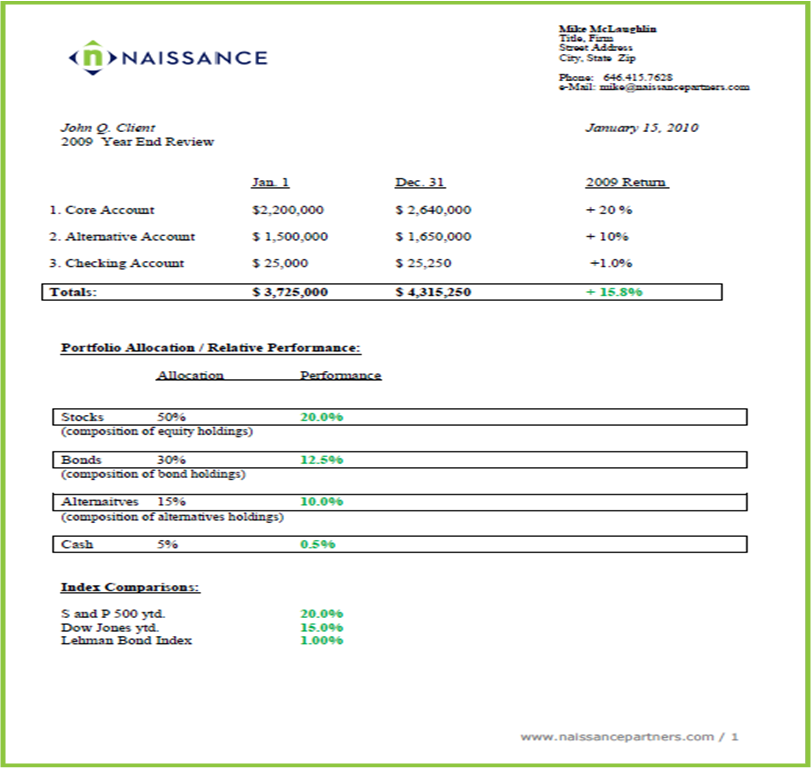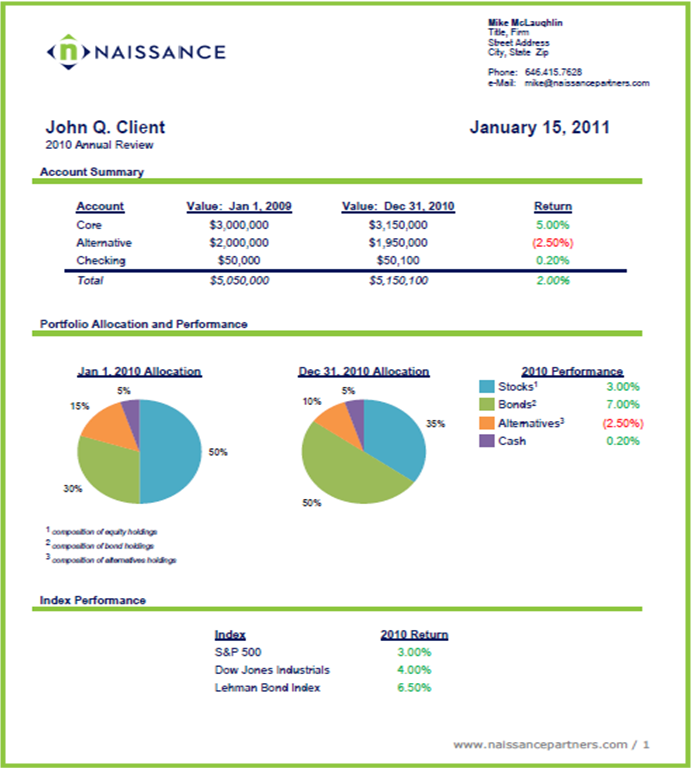New Advisors Can Matter a Lot
Yesterday I had a conversation with a wirehouse advisor, Advisor X. On the surface, he’s not someone an asset manager would focus on. He’s:
- New, with just one year of experience under his belt
- Managing a book of business in line with his experience
If you asked most firms, Advisor X would not be someone to prioritize. And yet, he profiles as a good target. Why? There are several reasons, but the most important is his affiliation with one of the biggest-producing teams in one of the biggest-producing branches in the country. He’s closer to top producers than most every wholesaler who comes to the office.
Week after week Advisor X sits in on wholesaler presentations alongside numerous other less-tenured advisors and others looking for a free lunch. And he blends in. Wholesaler after wholesaler fails to recognize that he is a potential gateway to the most attractive advisors in the office.
This situation represents a challenge for sales teams. On a broad scale it requires:
- Improved understanding of team dynamics among advisors
- Effective segmentation and profiling of advisors
- Extensive coaching of wholesalers to enable recognition of these opportunities
More tactically, however, it requires wholesalers to take simple actions and improve the way they decipher branch dynamics. Identifying Advisor X can be done by:
- Grabbing 5 minutes of a branch manager’s time to discuss newer staff
- Using existing advisor relationships to get insight on potential up-and-comers
Established advisors know very quickly who will and won’t succeed. They know Advisor X. And since most firms know and target the same advisors, an investment in digging a level deeper can unearth opportunities other firms miss.







